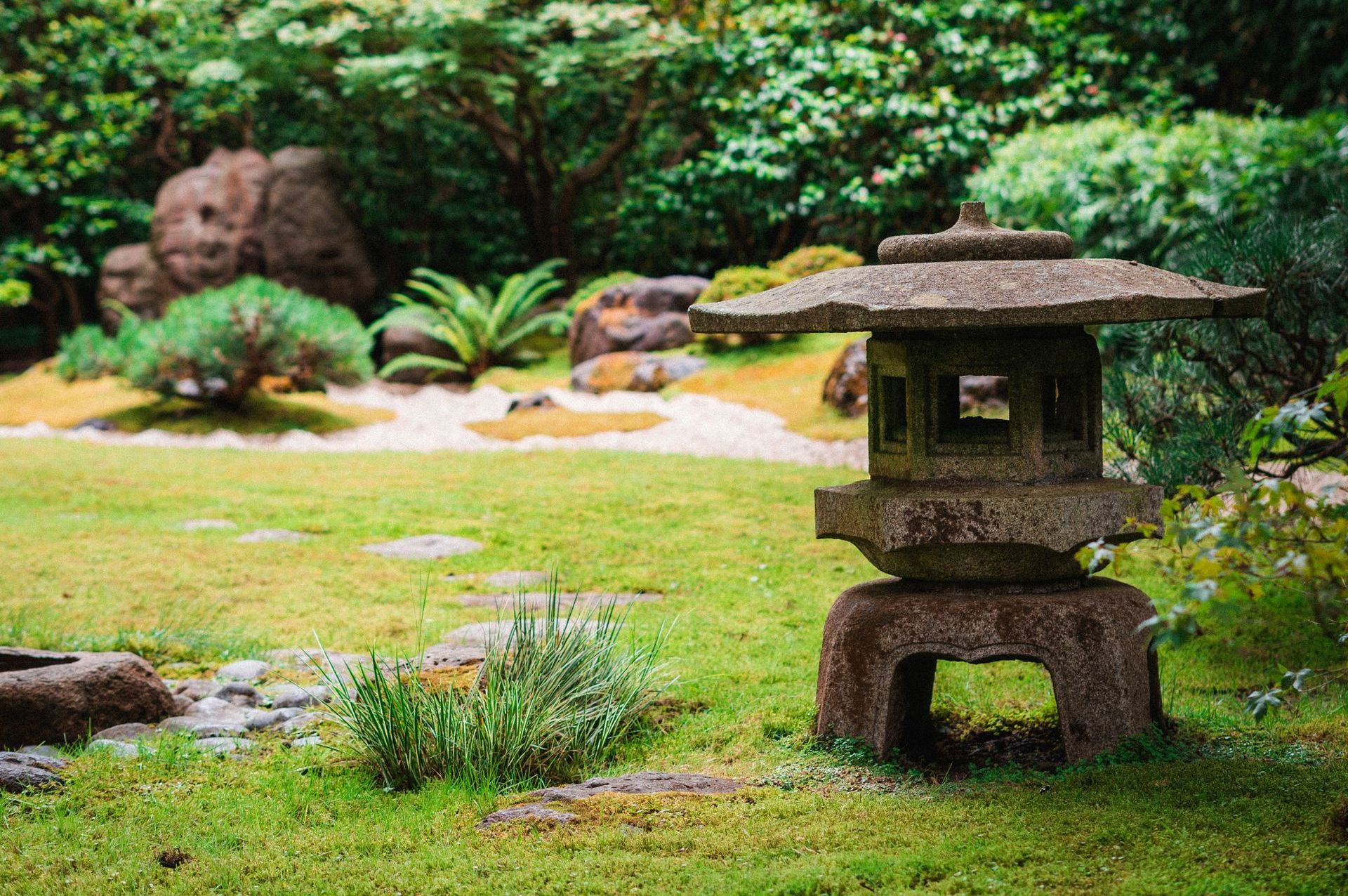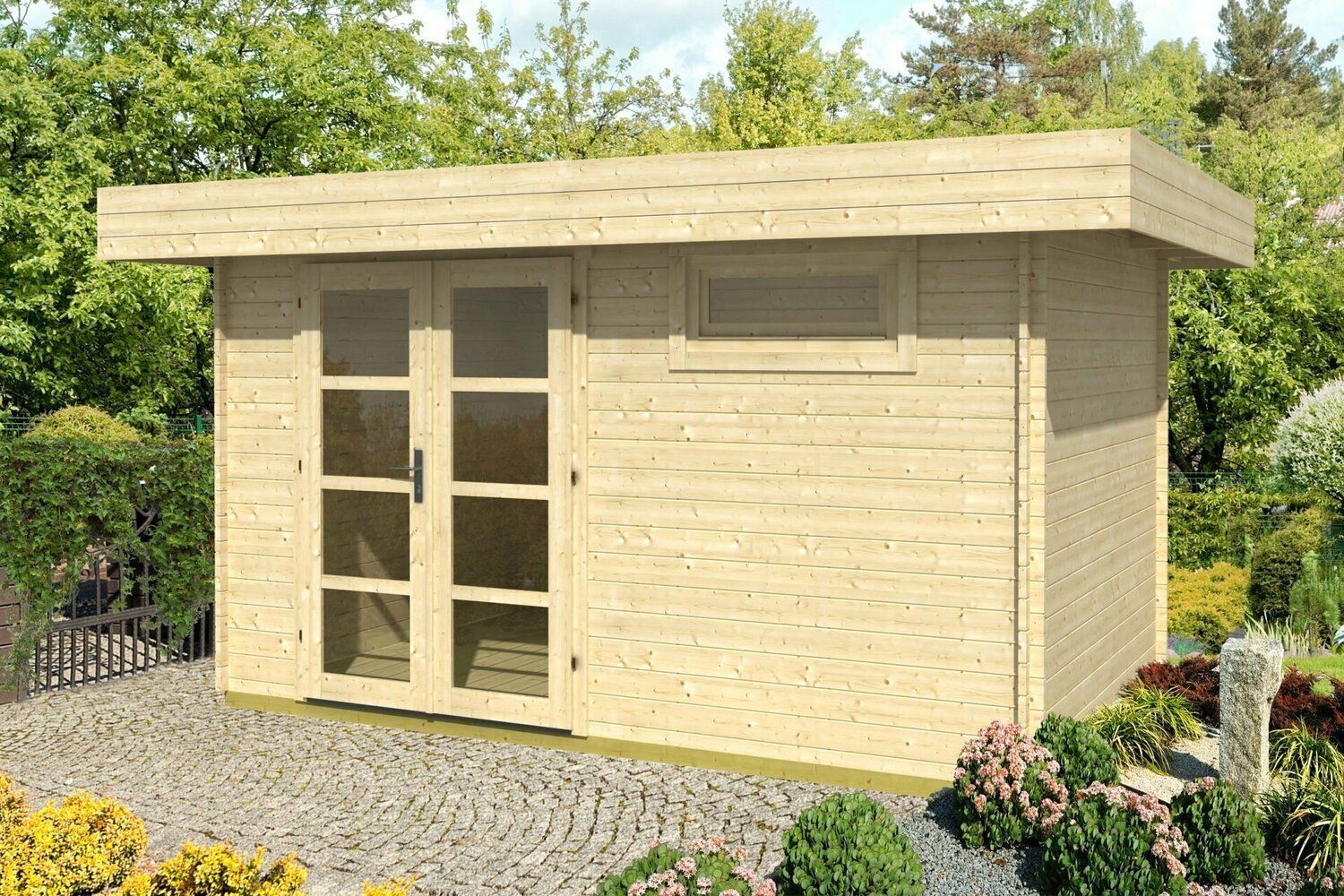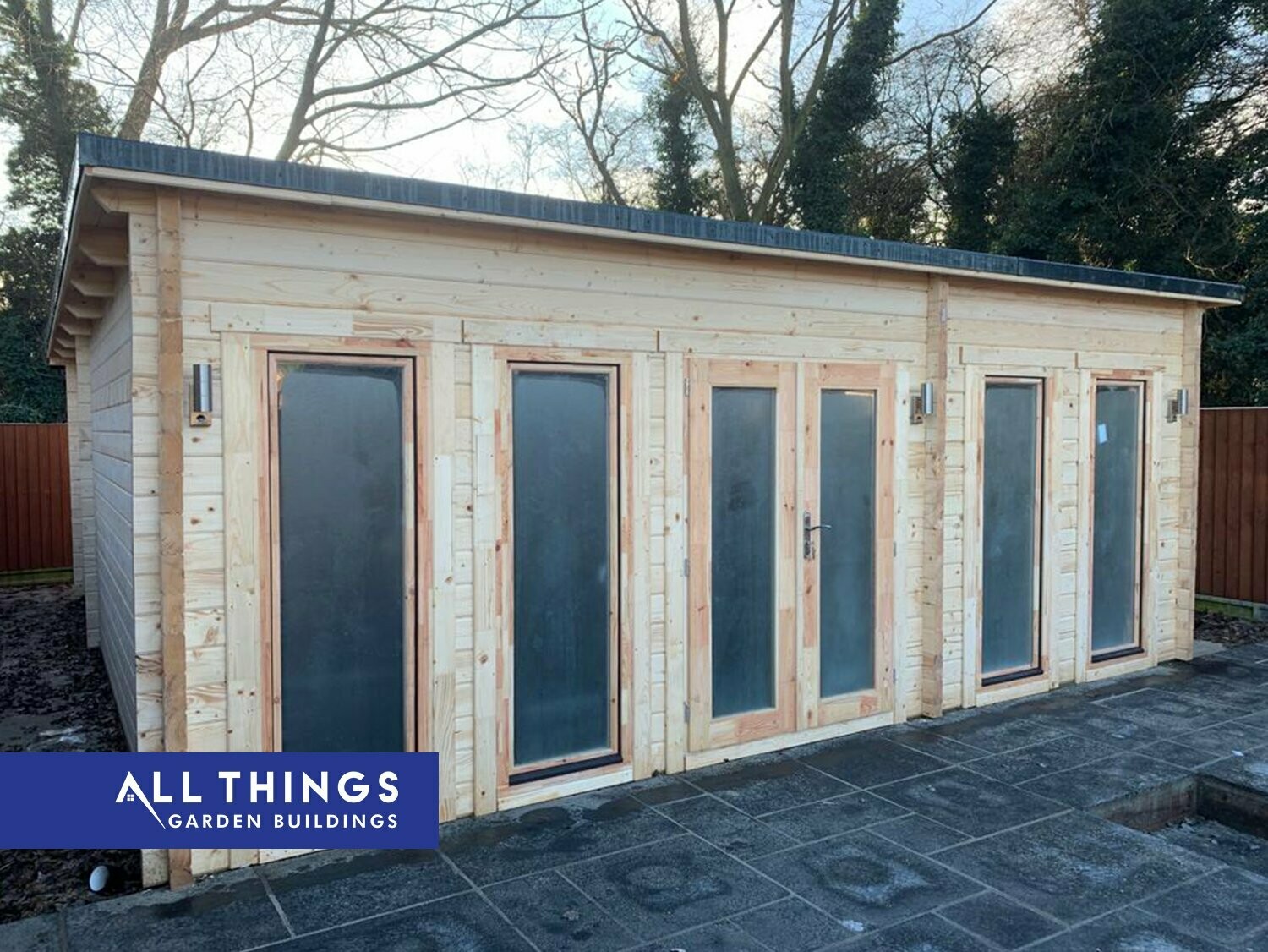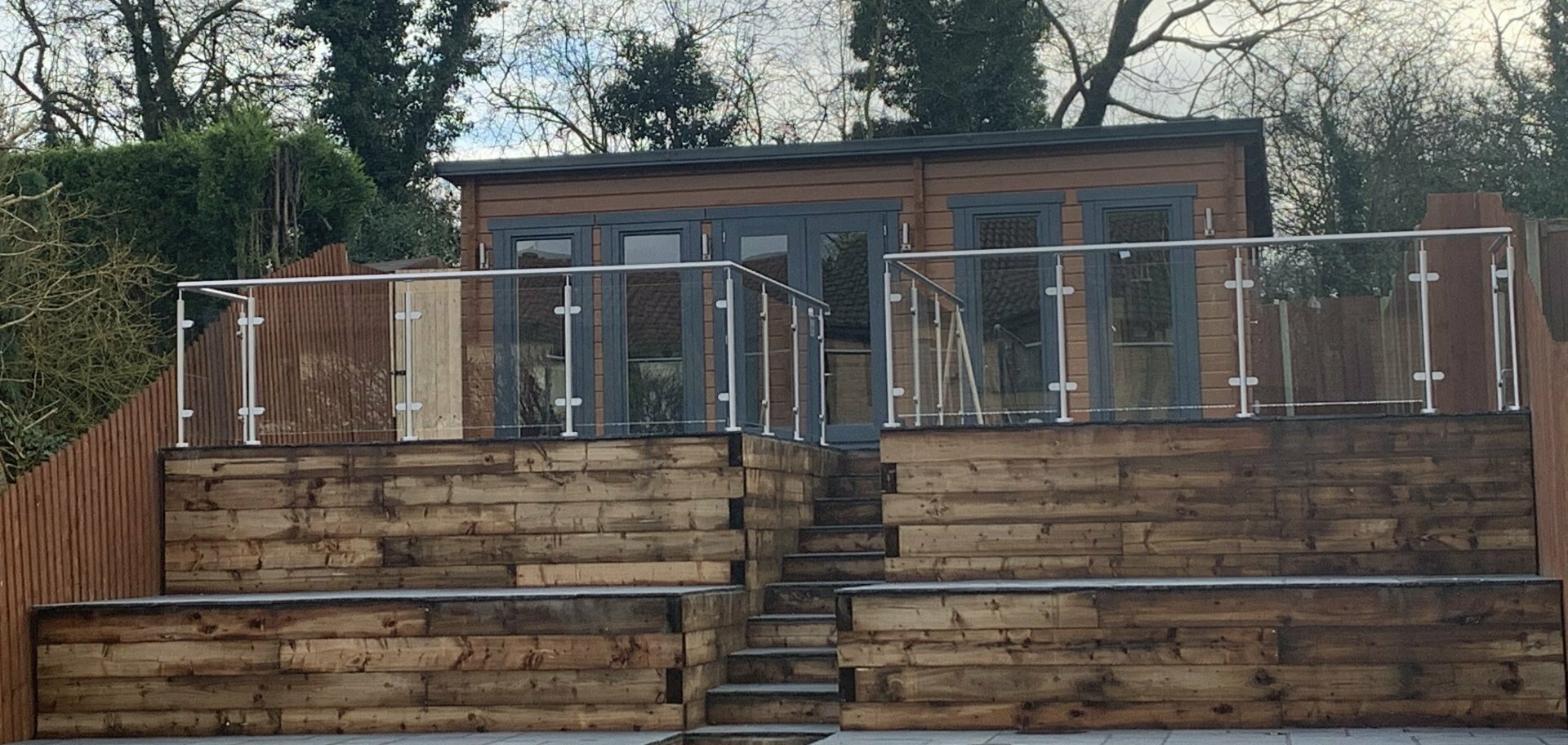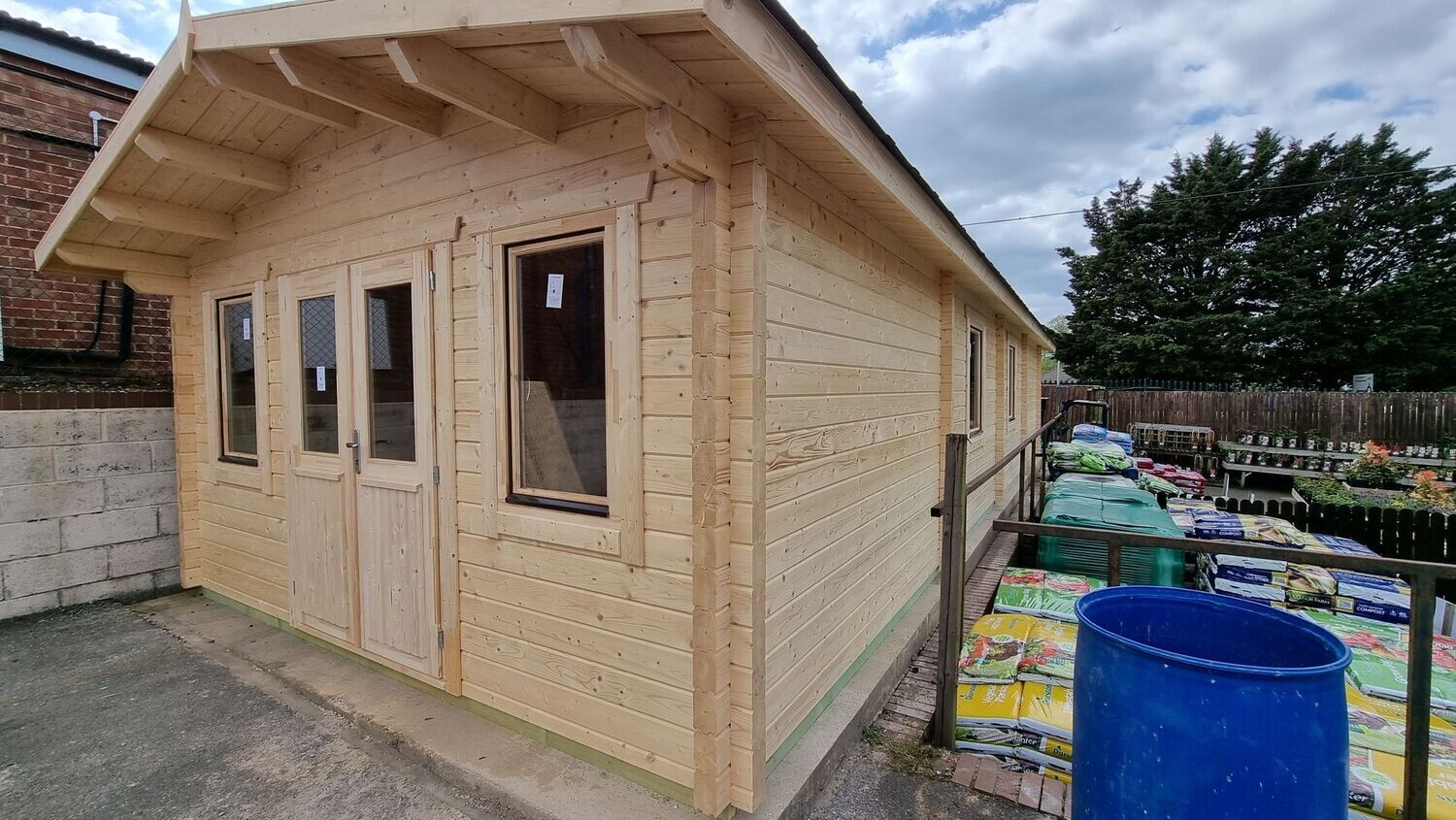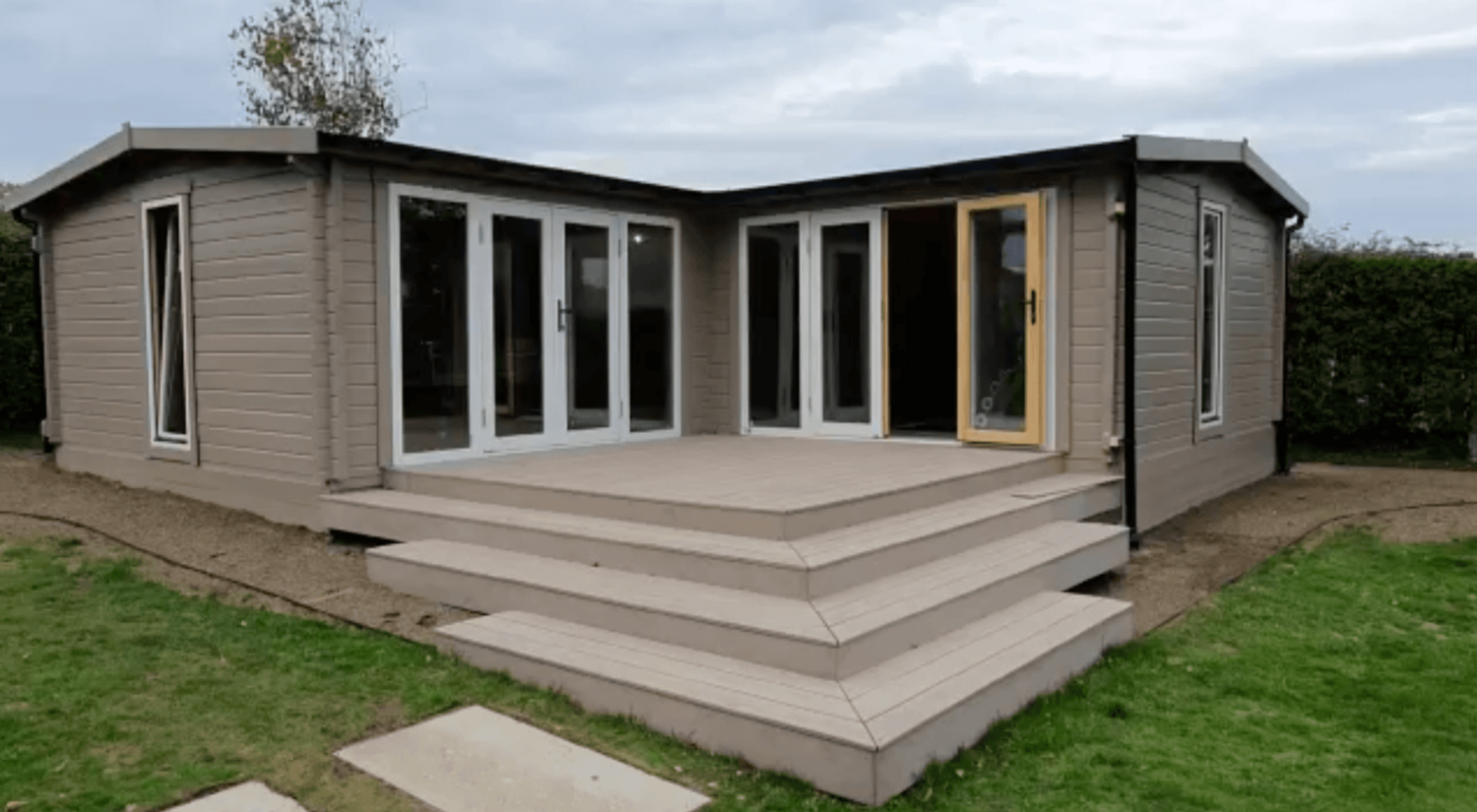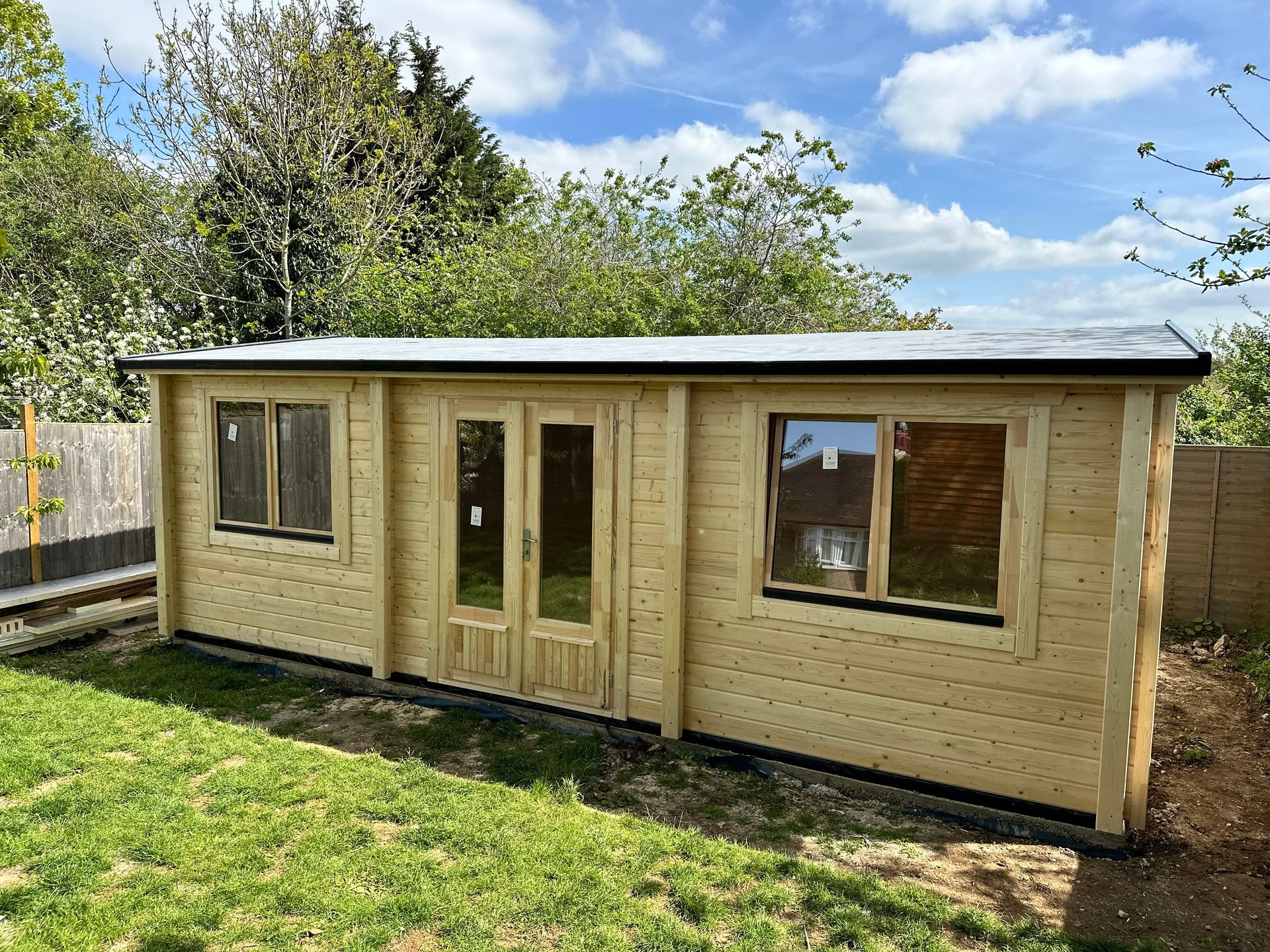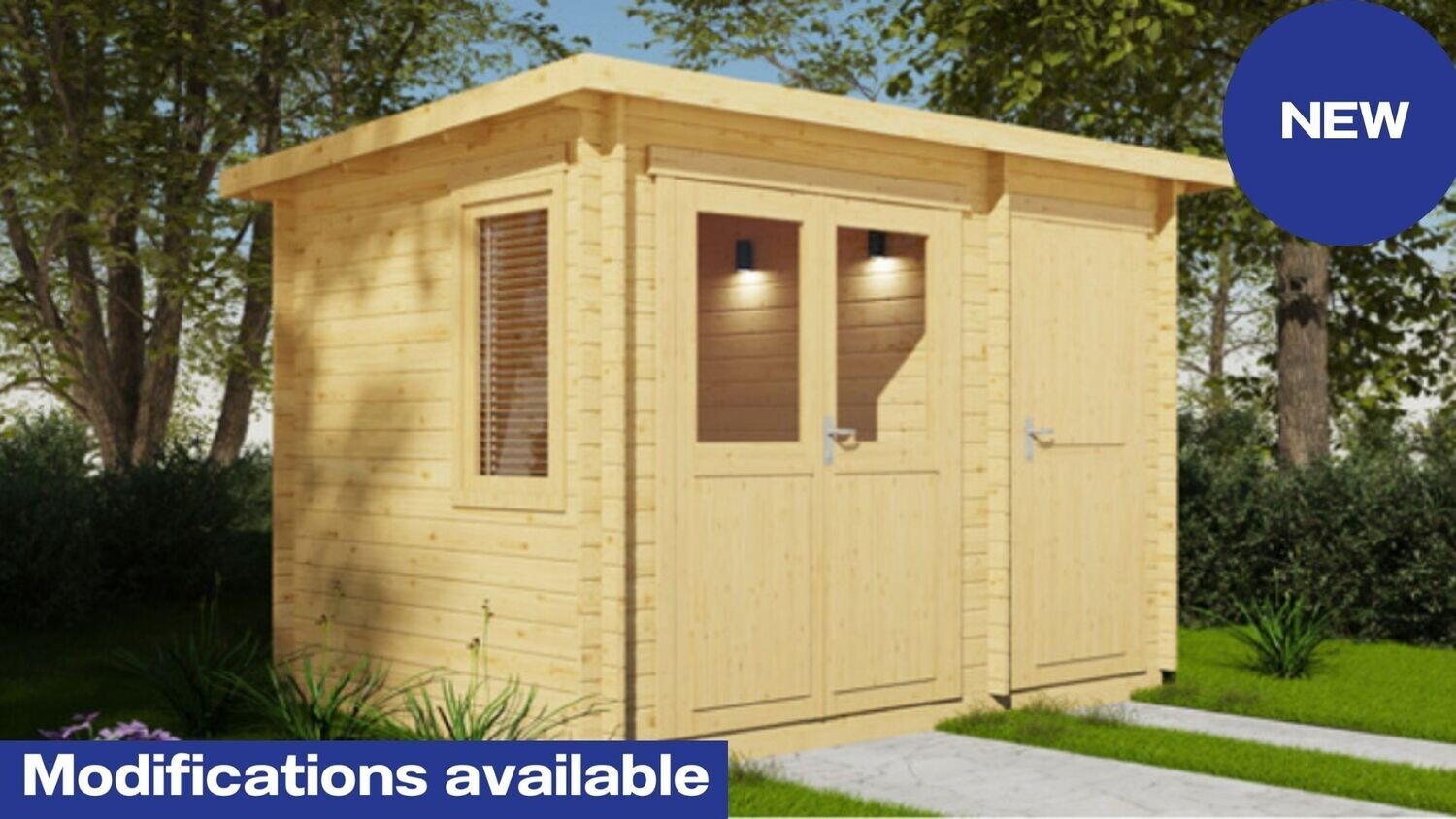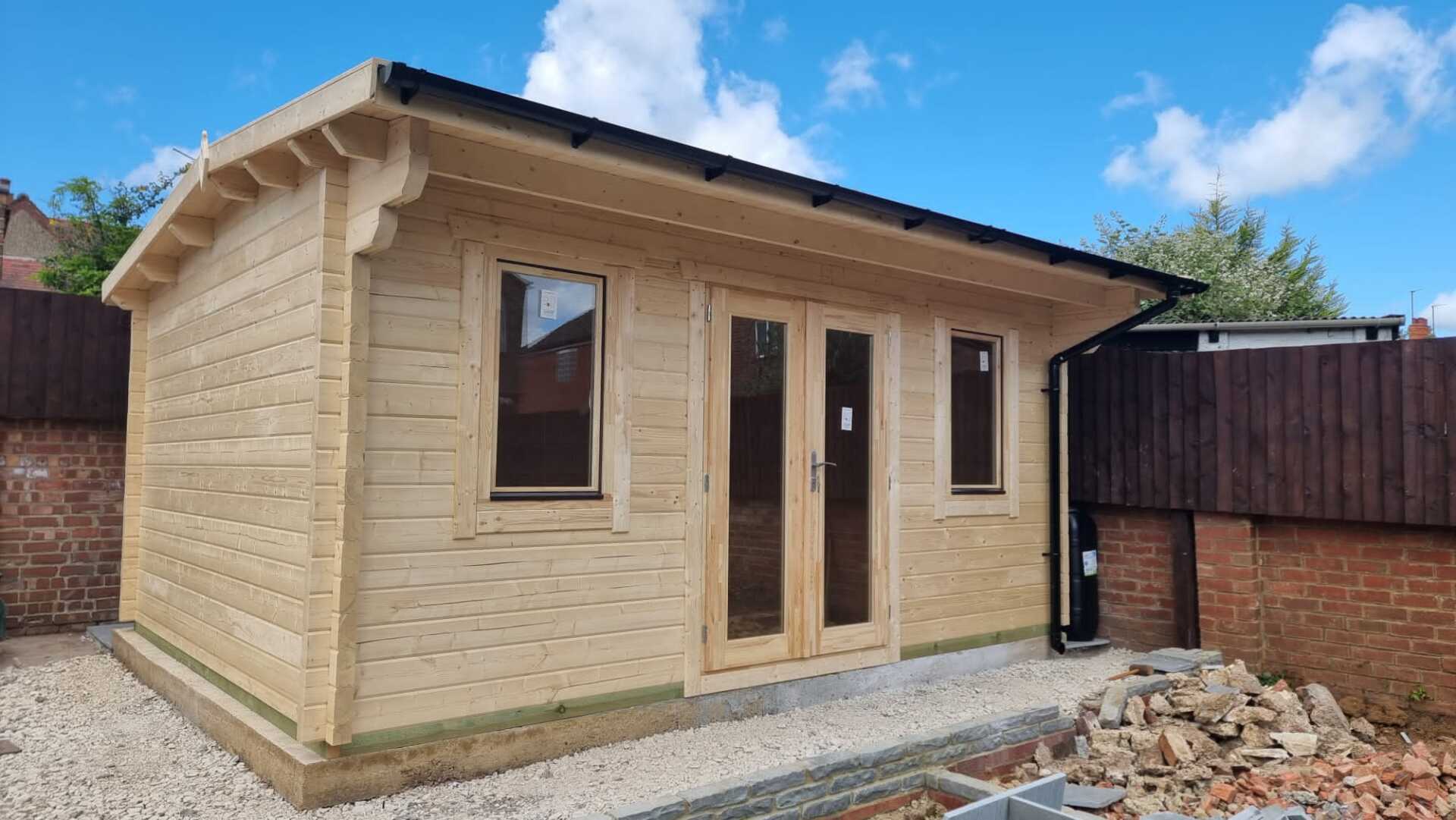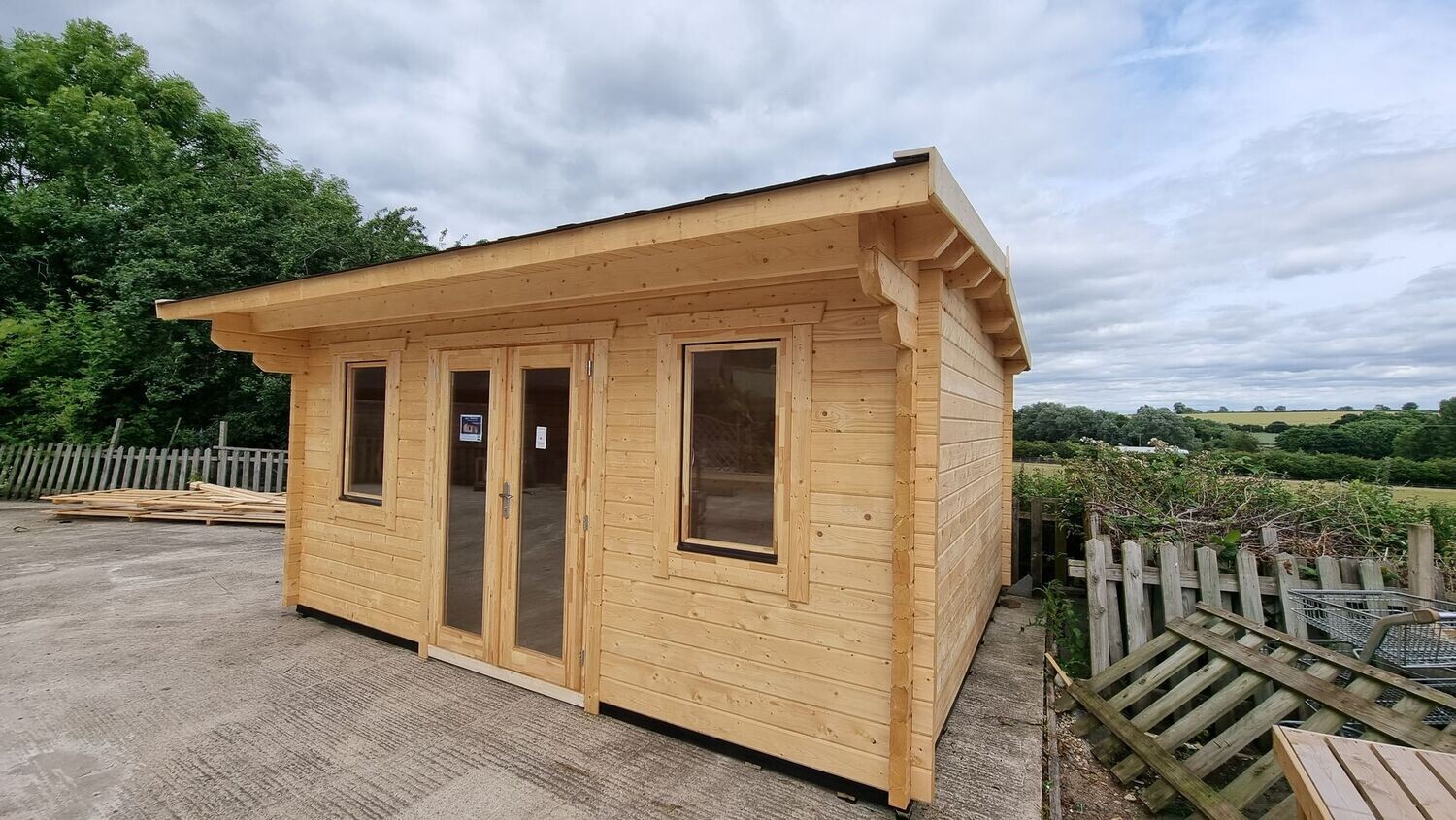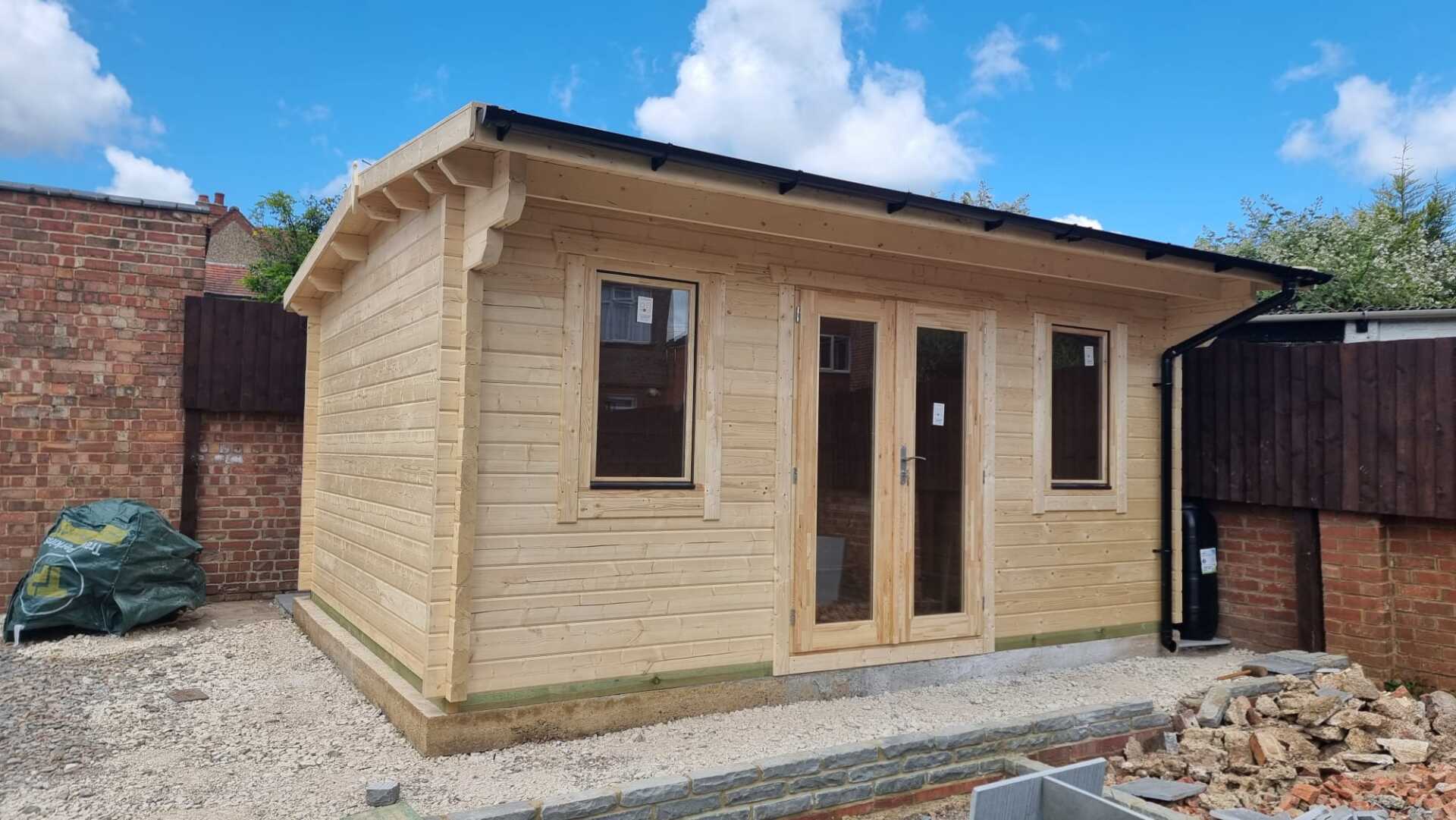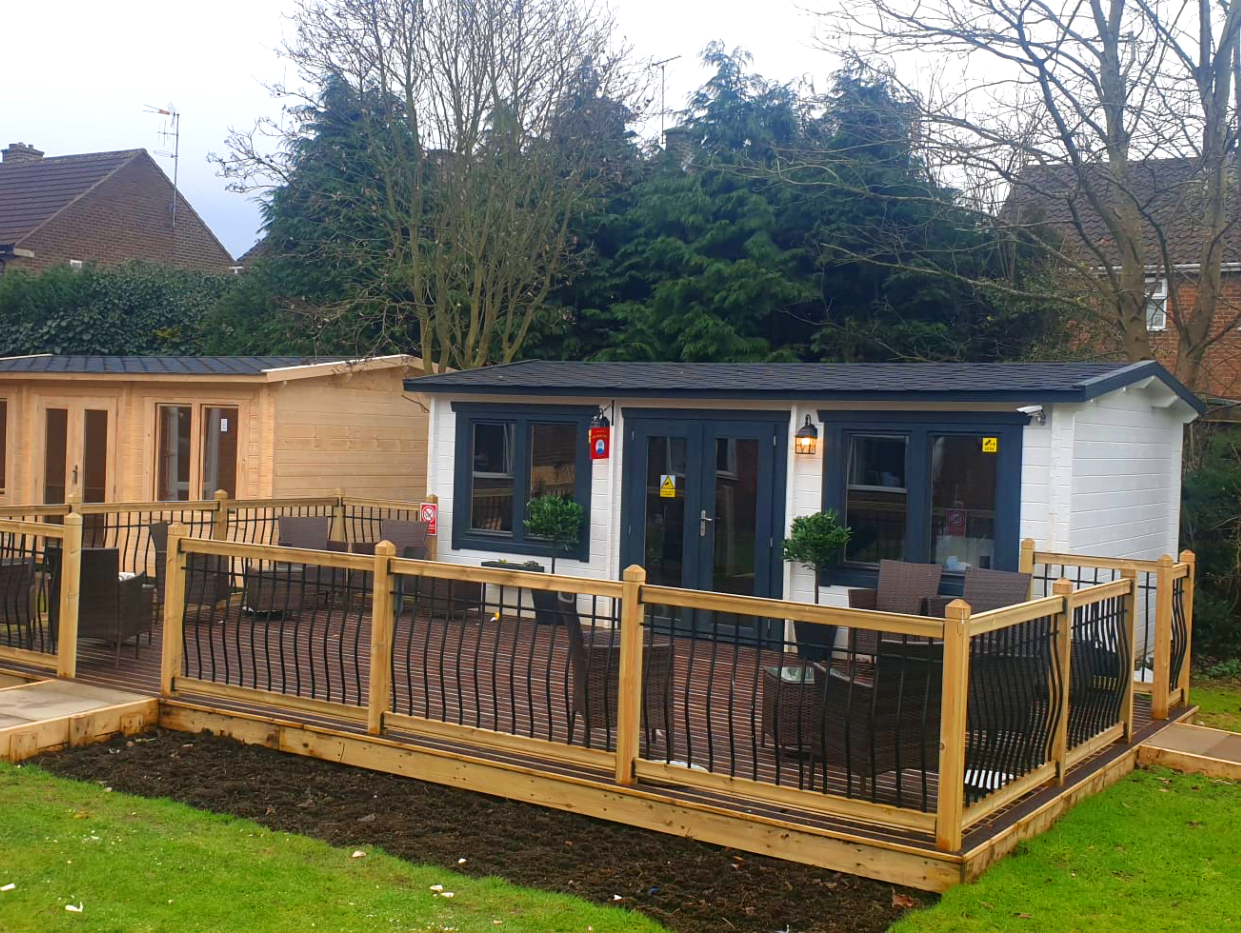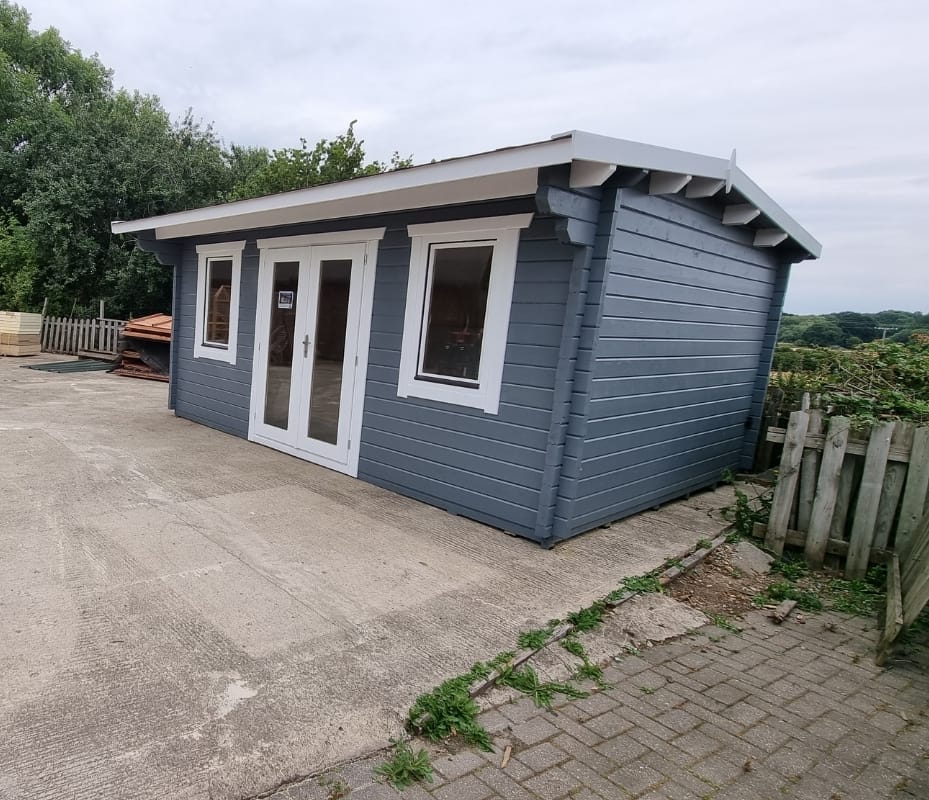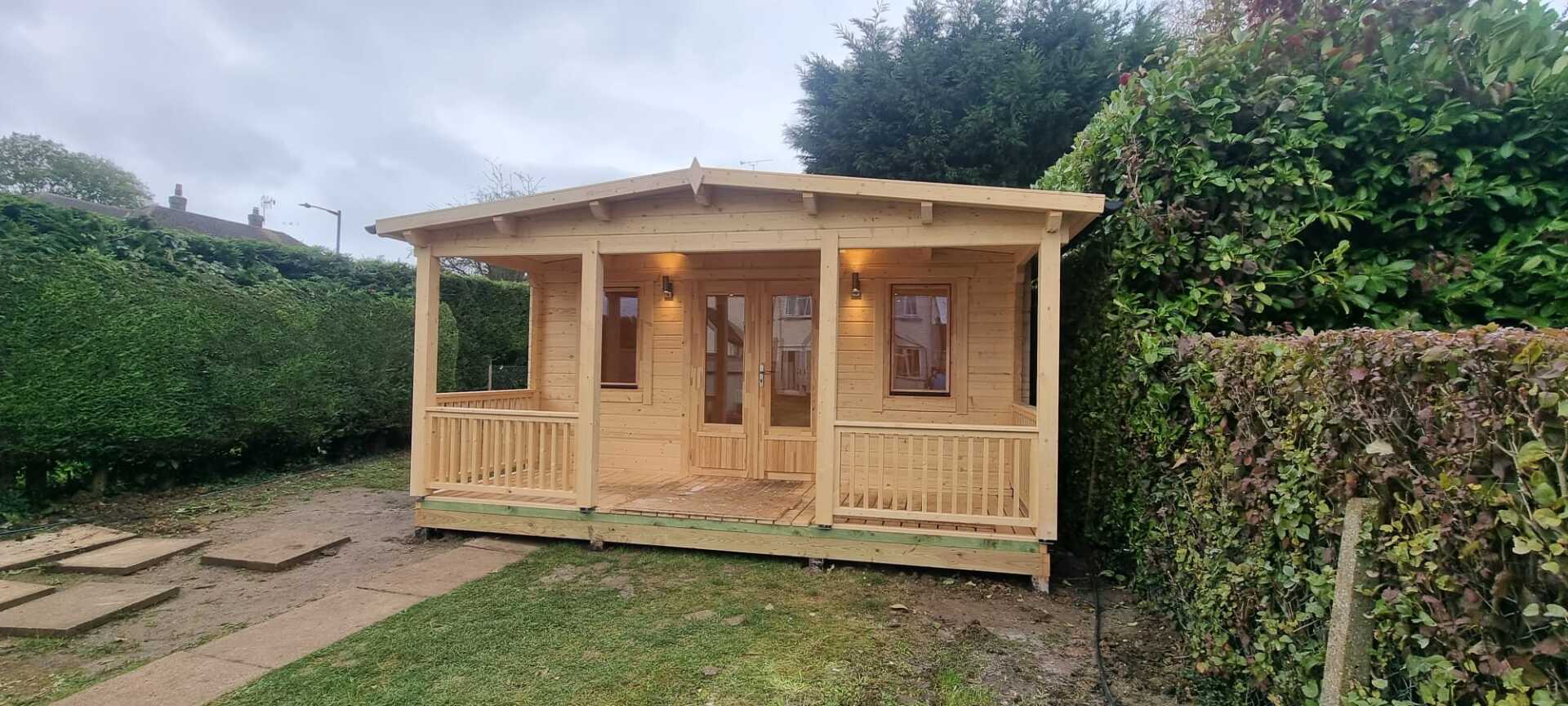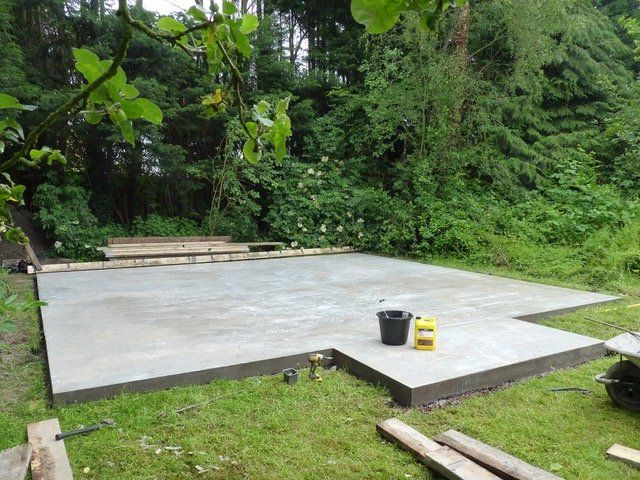Creating an Oriental Garden: Tips for Creating an Authentic, and Serene Hideaway in Your Home
Oriental gardens, with their lush foliage and tranquil setting, have long been a favourite for homeowners looking to add a touch of Eastern culture to their outdoor living spaces. But what makes an oriental garden unique, and how can you create one in your own backyard?
An oriental garden is an incredibly unique, tranquil and serene way to bring a traditional Asian element into your backyard or living space.
This style of landscaping typically features natural elements such as rocks, ponds, streams, trees and shrubs that are native to the area in which it's located. Pathways made of gravel or stepping stones are also common components of an oriental garden in order to provide a peaceful atmosphere and encourage wandering around while taking in all the beauty.
In addition to these natural elements, zen-style features such as small bridges, sculptures, stone lanterns and other decorative pieces are often incorporated into oriental gardens to bring a greater sense of peace and balance. Oriental gardens can be designed for any size space and include a variety of plants from various climates and countries. For example, Japanese maples are popular choices for this type of garden as they add beautiful color during the spring season and their leaves turn deep red during the autumn months. Bonsai trees can also make a great addition to an oriental garden since they require intricate pruning techniques which help create a sense of harmony with nature.
Finally, if you want to add some extra flair to your outdoor space then consider adding more ornamental items like water fountains or birdbaths that will draw attention from visitors as well as provide habitat for wildlife.
When creating an oriental garden at home, there are several key elements that should be considered to ensure it is both aesthetically pleasing and a well-crafted representation of the style.
The best starting point for any design is a solid layout plan - this will help ensure that the design is cohesive and fits into the rest of your yard’s overall look. A good layout plan should consider where rocks, water features (such as ponds or fountains), pathways, trees, shrubs, and other decorative elements should go in relation to each other. This ensures that the garden has a natural flow while also allowing you to incorporate different horticultural elements such as foliage, unique flowers or plants, and even sculptures or artwork.
Additionally, an oriental garden should have plenty of space dedicated to contemplation and relaxation. Areas such as seating can provide tranquil spots for visitors to pause and reflect on their surroundings. These areas should be free from clutter so as not to distract from the peaceful atmosphere created by traditional Japanese gardens. The perfect accompaniment would be some ambient music playing in the background – something like traditional Koto instruments will add a wonderfully authentic touch!
When it comes to lighting, consider some simple options such as low-level ground lights or circular paper lanterns suspended from trees or pillars; these will help create a calming ambiance during evening hours without overpowering the natural beauty of the garden’s elements. In addition, integrating certain plants into your oriental garden can introduce more depth with their pleasant scents and textures – examples include bamboo shoots or jasmine flowers. Ultimately, designing an oriental garden is all about achieving balance between nature and artistry through careful planning and thoughtful consideration of each element's placement!
One of the most important aspects of creating an oriental garden is selecting plants that are native to your area.
When planning an Oriental garden, it is essential to choose plants that are native to the area, as they will be best suited to the climate and soil conditions. For example, evergreens tend to do better in cold climates than deciduous trees, which lose their leaves in winter. Aim for a variety of plants that create visual interest; perhaps flowering shrubs such as azaleas and rhododendrons, brightly coloured annuals such as impatiens or begonias, or ornamental grasses like Miscanthus sinensis. Consider adding some trees too - such as Japanese maples or Acer palmatum - both of which are known for their striking hues throughout the seasons. You may also opt for traditional Asian species like Bamboo or Wisteria for a more authentic theme. Selecting appropriate plants is key if you wish to achieve an oriental garden that looks beautiful and thrives throughout the year - so be sure to research each option carefully before making your decision!
Next comes the hardscaping elements - such as bridges, stone walls or walkways – all of which can add texture and visual appeal to your outdoor space.
The key here is balance; make sure there’s enough open space for visitors or residents alike to relax amidst nature’s beauty without feeling overwhelmed by ornate structures.
Hardscaping elements such as bridges, stone walls, and walkways are a fantastic way to add texture and visual appeal to an outdoor space. When utilising these features in your landscaping, it is important to achieve a balance - enough open space for visitors and residents to enjoy the beauty of nature without feeling overwhelmed by too many ornate structures. On the other hand, leaving too much open space can make a yard look unfinished or bare; consider filling these gaps with rockscapes or pathways that can meander through your beautiful plantings. This is not only aesthetically pleasing, but also provides visitors with something interesting to explore and appreciate.
When adding hardscaping elements to your yard, it is important to choose materials that fit in with the overall look you are trying to achieve. Stone walls can be made from natural stones like granite or limestone that have been chiseled into blocks for building walls. Walkways can be made out of pavers or large flagstones set down in mortar. Bridges are typically made from wood or metal depending on the size and type of bridge desired. It's also helpful to consider the other materials already present in the landscape when selecting hardscaping items; this will help create a cohesive look that ties everything together nicely while still complementing any existing plants, trees, or shrubs nearby.
Finally, remember that although hardscaping elements are meant to enhance the aesthetics of an outdoor area, they also serve as functional pieces within a larger design scheme. Bridges allow people access across waterways while stone walls provide privacy between two areas and even support soil erosion control efforts when placed along steep slopes leading up hillsides. Walkways direct foot traffic through gardens instead of having people trample through sensitive plantings and keep feet clean at the same time! Incorporating these structural elements into your oriental garden will provide both visual interest and an inviting atmosphere for people who visit or use the space on a regular basis. Choose wisely when selecting hardscaping items for your landscape so you can enjoy both its beauty and its usefulness for years to come!
Don't forget about adding smaller accessories, these minor touches can really bring life into a space while also helping create an atmosphere of peace and reflection in your oriental garden!
Adding minor touches like birdhouses or sculptures to an oriental garden can truly be a transformative experience. Not only do these elements add life and vibrancy to the area, but they also help cultivate a sense of tranquility and calmness. Birdhouses, in particular, are often seen as symbols of luck, joy, and harmony; this makes them a perfect addition to any oriental garden. Similarly, sculptures can add an added layer of beauty and elegance to the area.
Furthermore, depending on the type of sculpture chosen for the space, it can also serve as an exhibit for certain pieces of history – allowing visitors to connect with ancient cultures in meaningful ways. Ultimately, by adding such small yet impactful accessorising elements like birdhouses or sculptures to an oriental garden can really help set the tone and mood while celebrating the unique history behind it.
Overall designing an oriental garden at home requires careful planning but - if done right - can be incredibly rewarding!
Designing an oriental garden at home is no easy feat, and requires careful planning in order to get it just right. Before beginning construction, it's best to research which plants will work best in your climate zone - this is essential for making sure you get off on the right foot when creating your special outdoor retreat. There are many styles of oriental gardens, and depending on the climate zone where you live, some may be more suitable than others. For instance, a Japanese style garden with its aesthetic pruning techniques will require a temperate climate, while a Chinese style garden featuring rock formations and water features is more suitable for milder climates. Once you have decided on a style of garden that suits both your tastes and also works well with your local climate, then the fun can really begin!
When constructing an oriental garden at home, it is important to remember that these types of landscapes are designed around connecting people with nature through the use of natural materials such as stones and plants. The space should be designed to create an atmosphere of tranquility, where visitors can relax in peaceful harmony with their surroundings. When selecting plants for your garden, opt for those that are native to your area - they'll be better suited to your clime and require less maintenance. For example, if you live in a tropical climate then bamboos will thrive; meanwhile if you reside in temperate climates roses and peonies will flourish beautifully!
It's also worth considering how much time you wish to dedicate to maintaining the garden - there are low-maintenance options available such as sand gardens or bonsai trees which require minimal pruning - perfect for those short on time but who still want to experience the pleasure of owning an oriental-style paradise! Finally, don't forget about elements such as feng shui when designing the garden - proper placement of objects according to this ancient practice can enhance positive energy flow throughout the space! With thoughtful planning and creative use of natural materials an oriental-style oasis can easily become a reality - so go ahead and let your imagination run wild!

